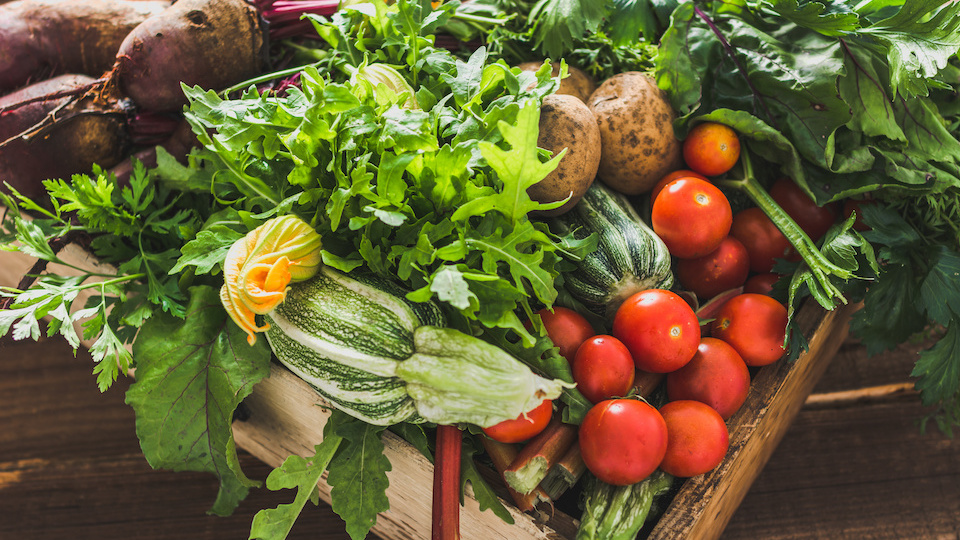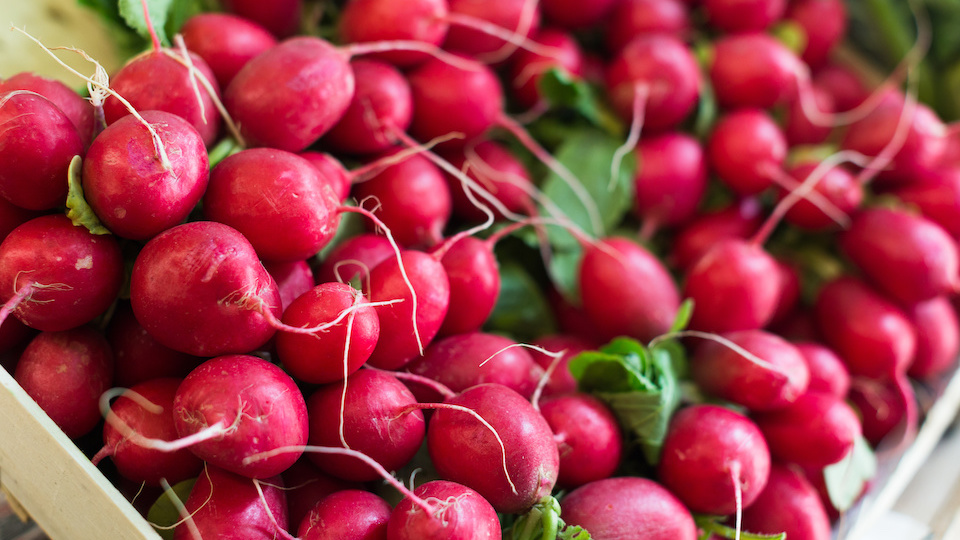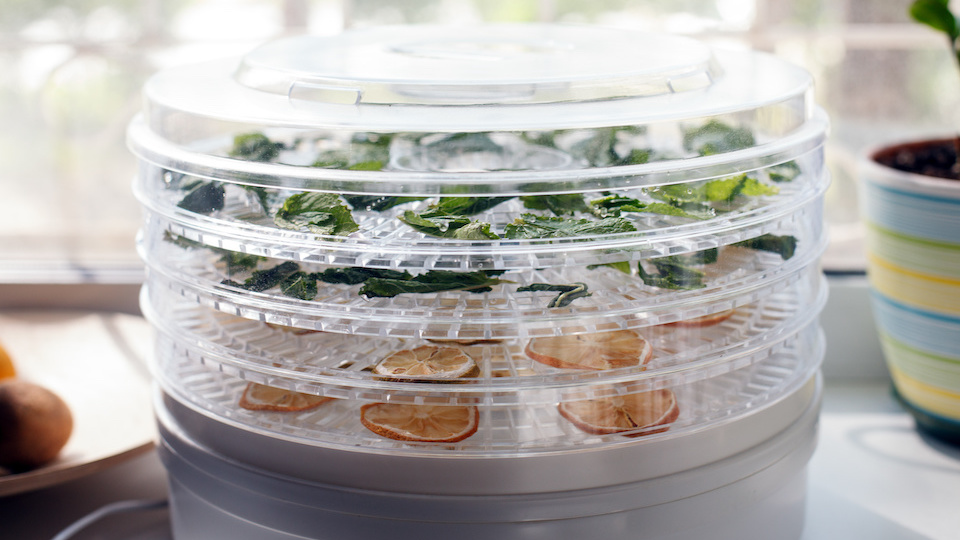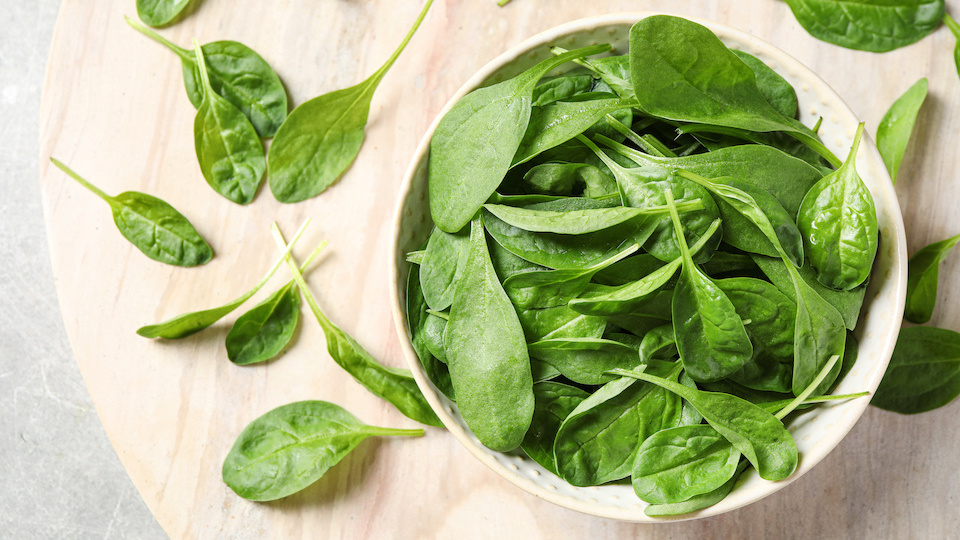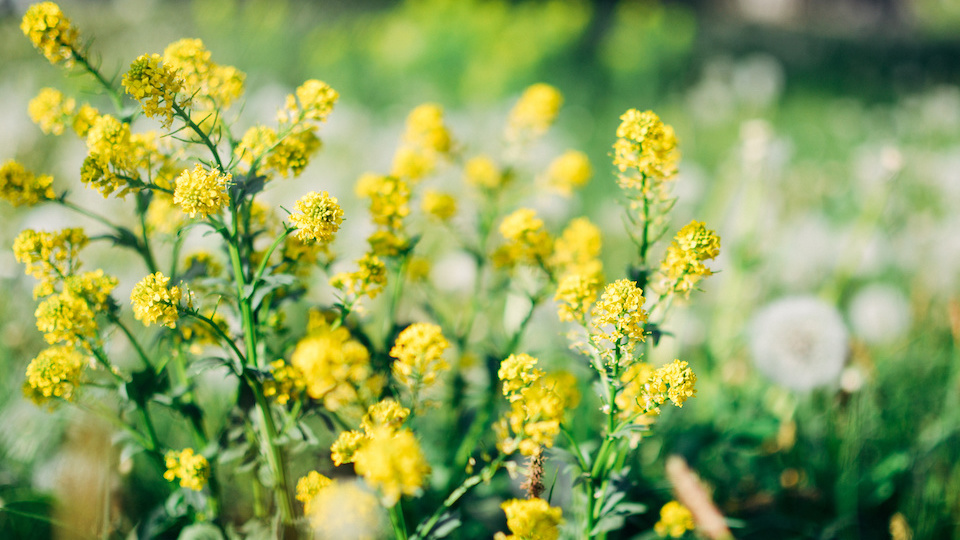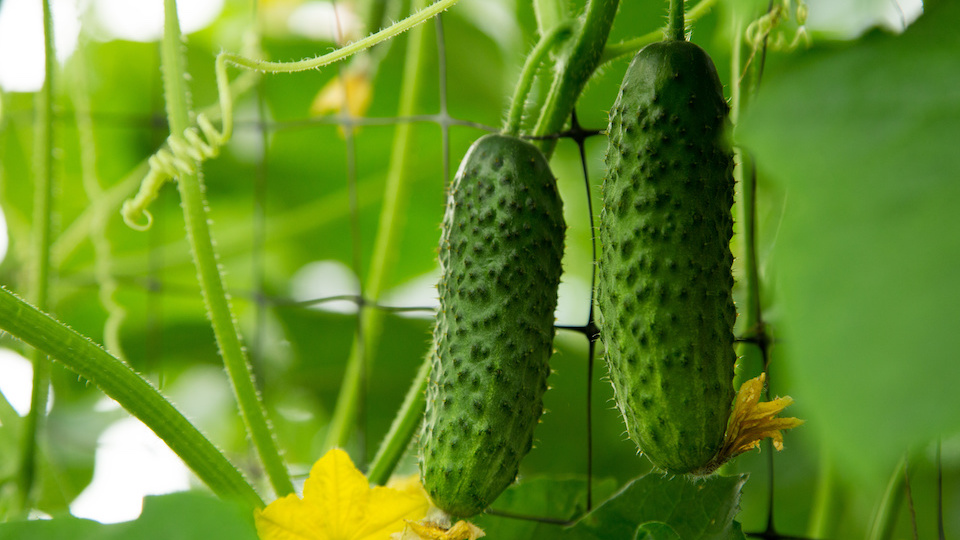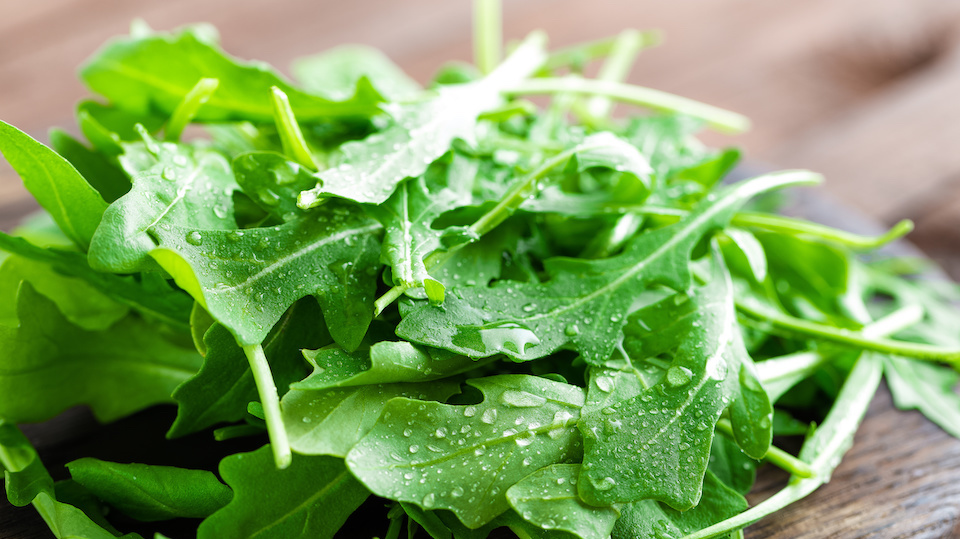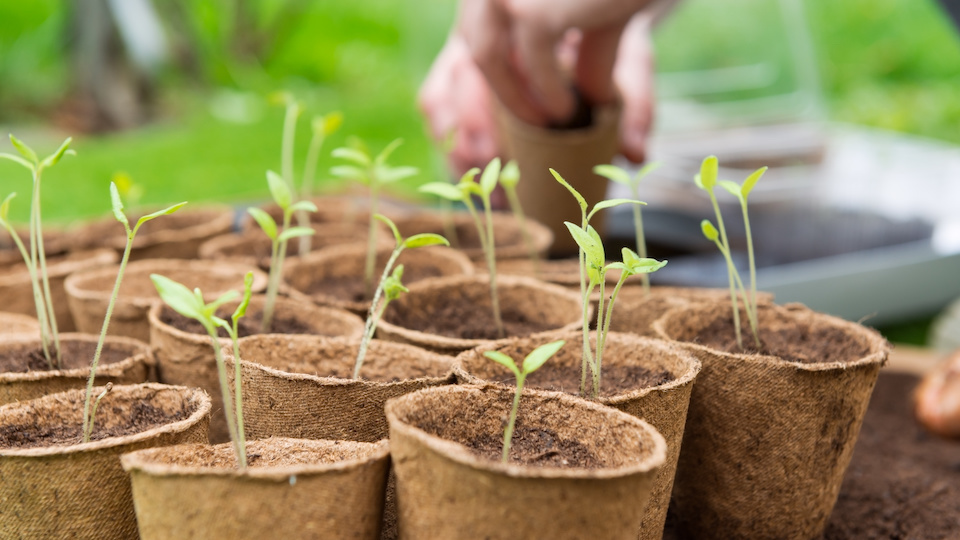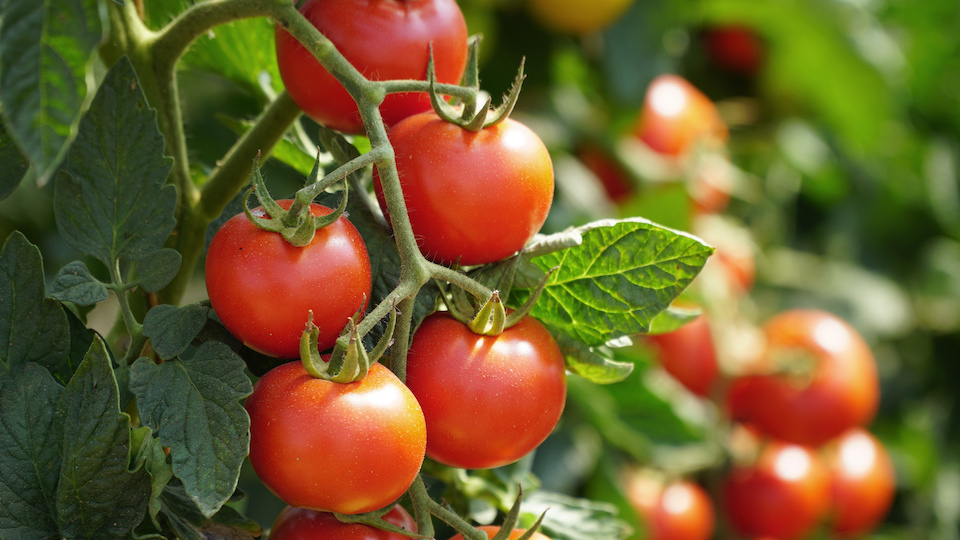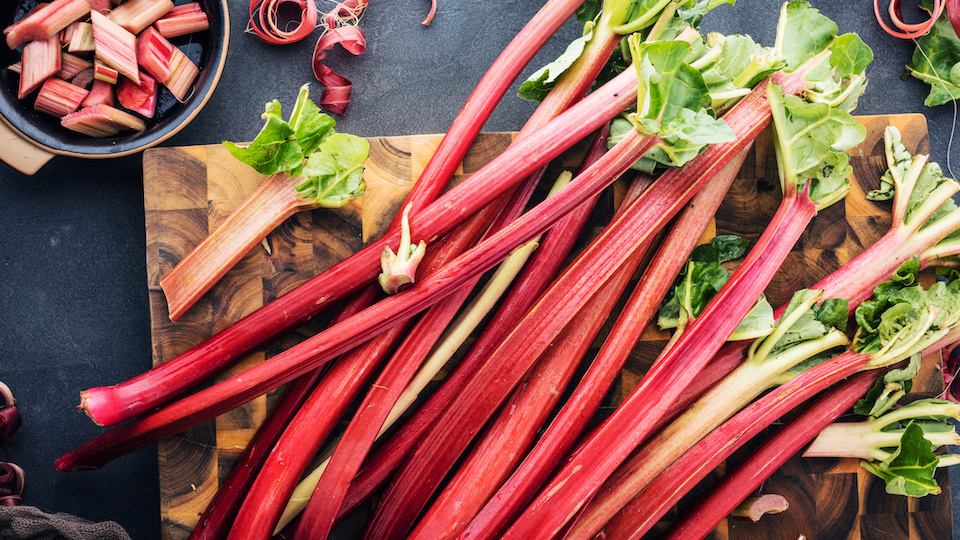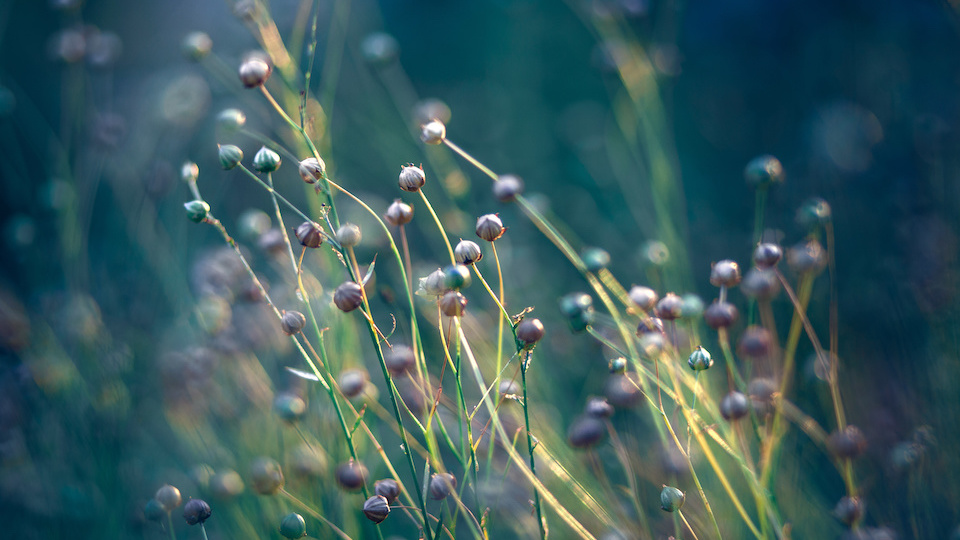Why Bringing Back the Victory Garden Is A Great Idea NOW
In the wake of WWI and WWII, millions of American citizens embraced the idea of the victory garden. With food shortages, rising costs, and the need to support the war effort overseas, the government called upon communities and individuals to grow their own food for nourishment and to keep up morale in a country afflicted by the mounting effects of such an enormous war. Citizens answered the call with relish, and by 1943, almost 40% of all fruits and vegetables in the U.S. were being produced in victory gardens.


